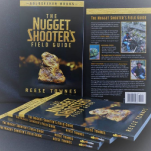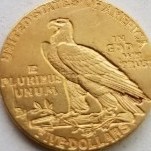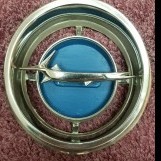Cleaning Coin Finds -- An Incomplete Overview (long)
-
Similar Content
-
- 8 replies
- 2,564 views
-
- 18 replies
- 2,330 views
-
- 7 replies
- 993 views
-
- 14 replies
- 1,849 views
-
- 10 replies
- 1,575 views
-
- 8 replies
- 1,034 views
-
-












Recommended Posts
Create an account or sign in to comment
You need to be a member in order to leave a comment
Create an account
Sign up for a new account in our community. It's easy!
Register a new accountSign in
Already have an account? Sign in here.
Sign In Now